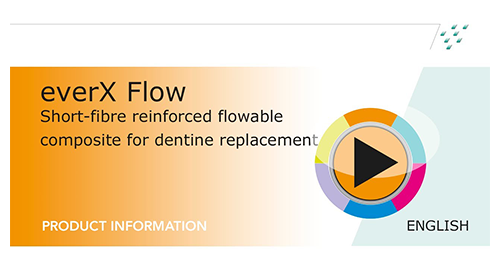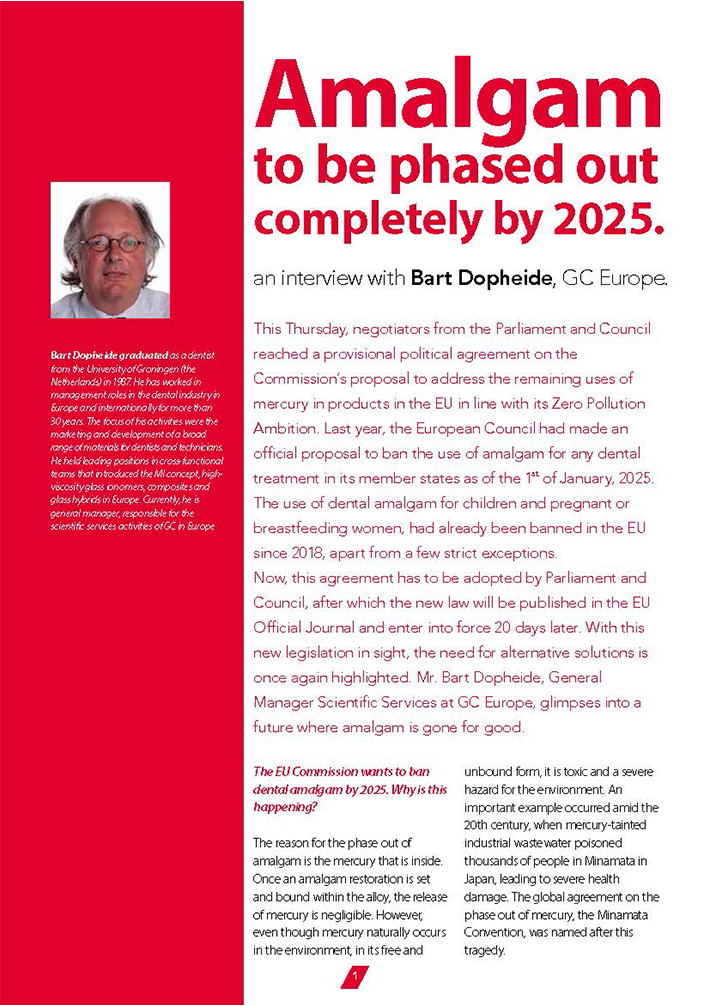
Forty ton of mercury is still being used in dental treatments in the EU each year! For reasons of environmental protection, The European Council and Parliament agreed to ban the use of amalgam for any dental treatment in its member states as of the 1st of January, 2025.
EU countries that have not yet adjusted their reimbursement system to cover alternatives, may postpone the phase-out up until 30 June 2026.
Luckily, we have viable mercury-free alternatives nowadays. To bring some clarity, we have summarized some scientifically supported options for you and the best indications for each of them.
Which alternatives do you have?
To face the fact, it is not difficult to find an alternative for amalgam. The difficulty is to find a GOOD alternative that fits the needs of yours patient’ case.
To make things easy we at GC, believe you can find a valuable alternative for amalgam within 3 product groups. It just depends on the specifics of your case which product group offers you the perfect solution.
So, which criteria do you need to keep into account?

Which alternatives do you have?
To face the fact, it is not difficult to find an alternative for amalgam. The difficulty is to find a GOOD alternative that fits the needs of yours patient’ case.
To make things easy we at GC, believe you can find a valuable alternative for amalgam within 3 product groups. It just depends on the specifics of your case which product group offers you the perfect solution.
So, which criteria do you need to keep into account?

- Easy & Fast placement?
- Moisture tolerance?
- Proven longevity?
GLASS HYBRID
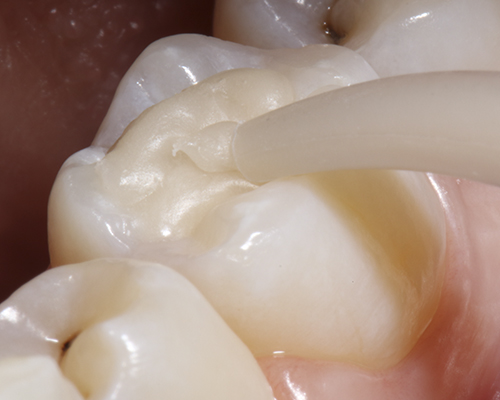
EQUIA Forte™ HT
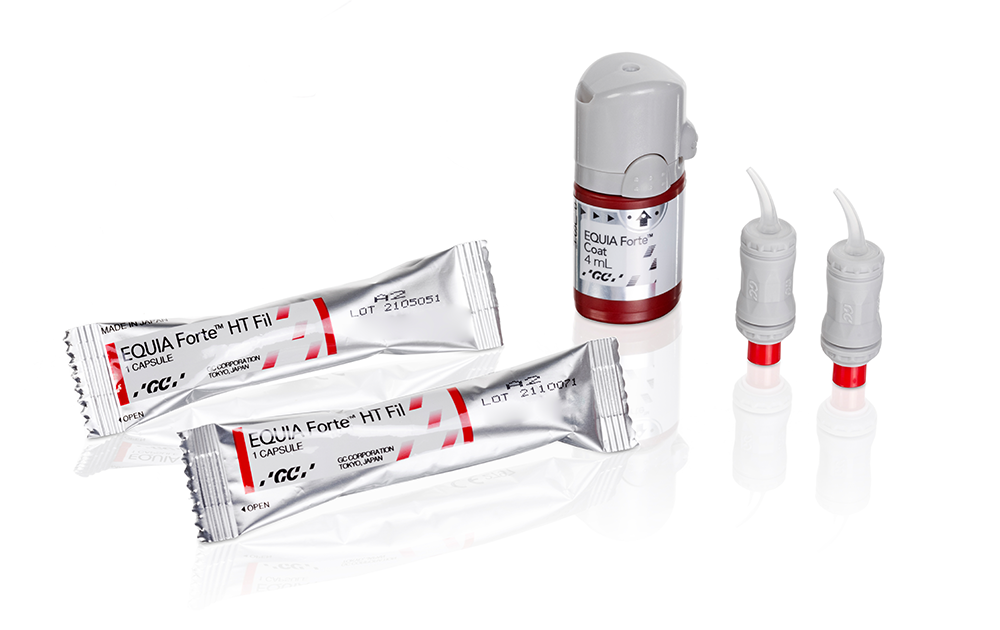
- Ideal to use when isolation is difficult to achieve
- Chemical adhesion eliminating the need for a separate bonding
- Minimally invasive as only infected dentin needs to be removed
- Thanks to the very resistant final coating layer
- EQUIA Forte HT is a reliable long-term restorative system based on 12 years of proven clinical experience with EQUIA1-5
- Unlimited depth of cure
- Virtually no shrinkage due to the absence of resin monomers
- Very low technique sensitivity of the procedure
- Thixotropic viscosity?
- Wear resistance?
- Polishability & aesthetics?
INJECTABLE COMPOSITE
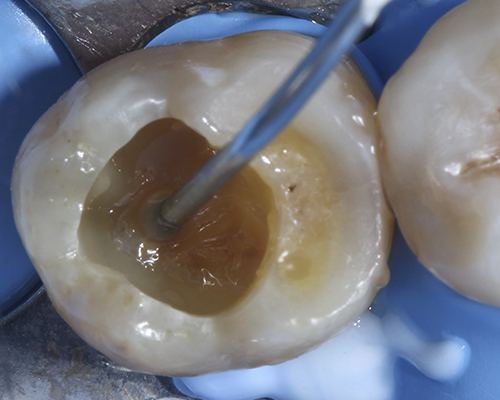
G-ænial® Universal Injectable
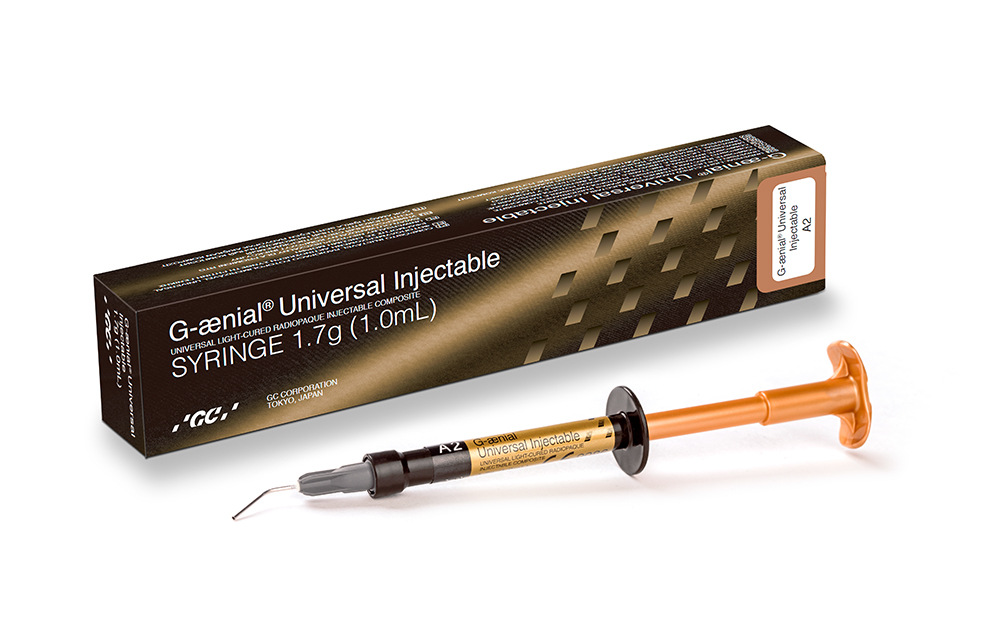
- Injectable viscosity: stays in place but adapts to every cavity
- One material for all cavities (even load-bearing), without covering layer
- Based on FSC technology: excellent dispersion & adhesion of the fillers in the matrix
- Excellent durability in time
- Achieved with a short polishing time
- Optimal gloss retention
- Wide shade range
- Reinforcement effect?
- Perfect adaptation?
- Bulk placement?
FIBRE REINFORCED COMPOSITE
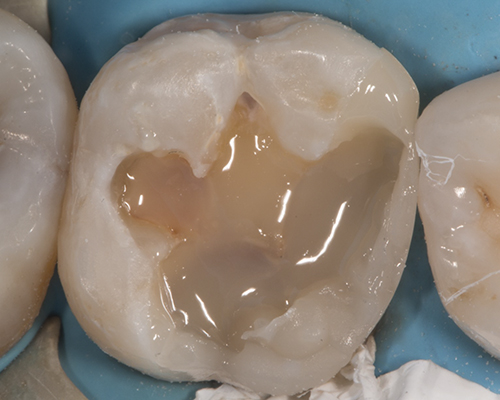
everX Flow™
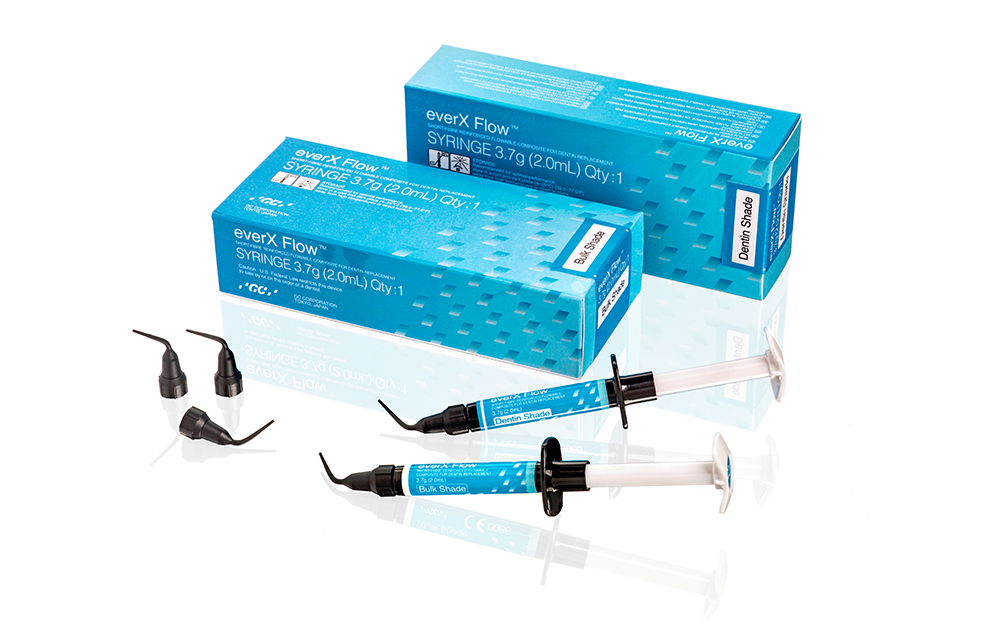
- Fibre reinforcement effect
- Superior Fracture toughness
- Optimal for large or cracked cavities
- Layers of up to 5,5 mm thickness with the Bulk shade
- Flowable consistency for a perfect adaptation to the cavity
- Enables to make a direct restoration where an indirect one could have been indicated
Articles
References
- Alternative direct restorative materials to dental amalgam
- Mercury: deal with Council to phase out the use of dental amalgam
- Restorative options decision tree. A consensus of experts to guide the selection of restorative materials in the context of amalgam phase down
- Mercury: Council and Parliament strike a deal to completely phase out mercury in the EU
1. Gurgan et al. 8-Year Clinical Evaluation of a Glass Ionomer Restorative System. J Dent Res. 2017;96 Spec Issue B: #0287CED.
2. Gurgan et al. Clinical performance of a glass ionomer restorative system: a 6-year evaluation. Clin Oral Investig. 2017;21(7):2335-2343.
EQUIA vs. composite
3. Türkün et al. A Prospective Six-Year Clinical Study Evaluating Reinforced Glass Ionomer Cements with Resin Coating on Posterior Teeth:
Quo Vadis? Oper Dent. 2016;41(6):587-598.
EQUIA vs. Riva Self Cure
4. Basso et al. 7 Years, Multicentre, Clinical Evaluation on 154 Permanent Restorations Made With a Glassionomer-based Restorative
System. J Dent Res. 2016;95 Spec Issue B: #0446.
5. Klinke T. et al. Clinical performance during 48 months of two current glass ionomer restorative systems with coatings: a randomized
clinical trial in the field. Trials. 2016;17(1):239. doi: 10.1186/s13063-016-1339-8.
EQUIA vs. glass ionomer with conventional coating
6. Gurgan et al. 12-month Clinical-performance of a Glass-hybrid-restorative in Non-caries-cervical-lesions of Patients With Bruxism J Dent
Res. 2018;97 Spec Issue A: #0235.
EQUIA Forte vs. composite



